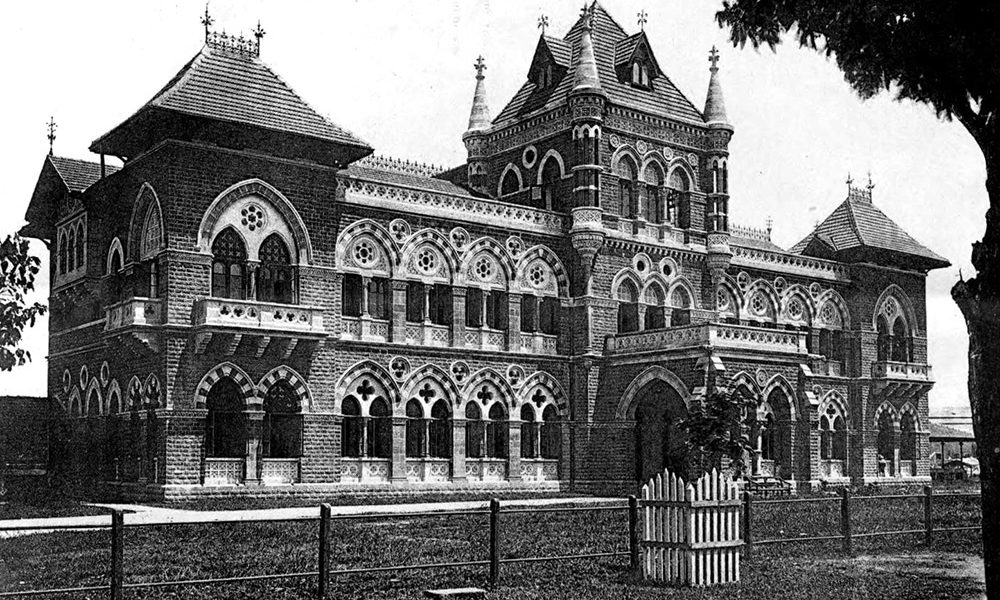
Forgotten tales of pioneering doctors in 19th century India
Charlotte Ellaby reached Bombay in November 1884. She came down to the subcontinent from England to work as a Junior Medical Officer. She came to join Edith Pechey- one of the first women doctors in Britain.
Pechey led a campaign to finance the medical education of the Indian, Rakhmabai. Rakhmabai went on to become the first practicing female doctor in India.
Around this time, the Medical Fund for Women in India was set up- in 1883. Women doctors in India were deemed necessary- the stringent moral codes of the country meant that many women couldn’t be seen by a male doctor.
The Khetwadi dispensary
Bombay’s Khetwadi dispensary, where Pechey worked was opened on July 7, 1884. In the first week, the number of patients were so high that appointments had to be restricted to 100 every morning. Ellaby joined in Novermber, bringing some relief to Pechey. Ellaby also started an ophthalmic section in the dispensary- possibly the first of its kind for Indian women. As part of medical missions, she even journeyed to Hyderabad.
Ellaby later returned to London so that she could absorb the latest developments in ophthalmology.
Treating cataracts is one area where Ekkeby is believed to have applied her latest learnings with diligence. She knew how the treatment was in the traditional method, as laid down by Susruta: using the couching technique- by pulling the ripe cataract out with a needle. The procedure was risky and cataract surgery was among the main reasons of death till two centuries back.
It’s thought that Ellaby must have used the intra-capsular method for extracting cataract. The method was introduced in the 1750s. In England, Ellaby worked at a hospital exclusively for women. As she did in India, there too she set up an eye department.
One of Ellaby’s contemporaries in India was Robert Henry Elliot-who served in Madras. He wrote a detailed work on the couching practice. Elliot was of the opinion that all traditional medicine men were charlatans.
During the early 20th century, two British medical men were acclaimed for their cataract procedures in India: Trsitam Henry Holland and Colonel Henry Smith. The latter is credited with the invention of the Smith-Indian method, which uses muscle hook to break the thinner attachments in the eye before removing the cataract using limbal incisions.
Nur Ali- one of Smith’s assistants is said to have done a large portion of the initial procedures by himself- something that was reported in an American newspaper report. But over time, both Ali’s and Ellaby’s work faded from collective memory, so much so that their names are unheard in modern times.
Back to India
Ellaby came back to India in 1894. This time her destination wasn’t Bombay but Jamnagar. She went there on the request of William McClelland- an engineer who built multiple bridges and a hospital in Jamnagar. The ruler of Jamnagar at that time was the Jamsahib- Vibhaji II Ranmalji. The maharani- one of the ruler’s more than 14 wives had contracted cataracts in both eyes. Ellaby was in town to perform the surgery.
Ellaby performed the surgery successfully before returning to London in February 1895. She died relatively young- when she was 55. During that time, she was also a lecturer in ophthalmic surgery at the London School for Medicine for Women- the same institution from which Rakhmabai graduated in 1894.
Image credits: wikipedia.org(The image shows the old Casa hospital in Mumbai)